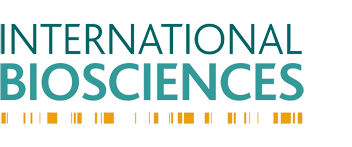Reunite With Your Adopted Child with a Paternity Test

Adoption is a sensitive and emotional area for all those involved. For a child that has been given up at birth, or early in life, to the biological father who discovers he has a child he never knew about, the whole issue is delicate, and requires careful consideration before taking any action as definite as a paternity test.
Paternity Test – The Child Perspective
Once a child learns he or she is adopted, their natural inclination is to learn more about their natural parents, which you are free to do once you are over 18 (or 16 if you live in Scotland). For many, this starts with tracing the records relating to your birth and adoption. These aren’t always easy to get hold of, and it may be frustrating to wait for authorities or organisations to get back to you with information. You may want to use an agency to help you find your natural parents.
There are occasions, however, where your natural parents may not believe that you are related to them, and that’s when you might want to try to convince them to take a maternity or paternity test so that there is no doubt about who your biological parents are. Be prepared for more difficult issues, however, especially if the person you thought was your father turns out not to be. You will have already been on a very emotional journey, and you need to make sure you are prepared for success and failure.
Paternity Test – The Father’s Perspective
Whilst it can be straightforward to track down the mother of an adopted child, tracing the father can be more difficult. The place to start is with the father’s name on the birth certificate, which may or may not be accurate. The father may not even know that the child exists, in which case he may deny all responsibility for the child and not want to explore the possibility of a paternity test. It is considered unethical to remove DNA from someone for testing without their consent, so ideally the father needs to be persuaded to take a test to clarify the relationship.
In the best case, an adopted child will find both parents, and both a paternity DNA test as well as maternity DNA test will show that the child belongs to those two people. This not only forms the basis of a new relationship moving forward, but may also help with the diagnosis of inherited diseases and other traits in the child.


